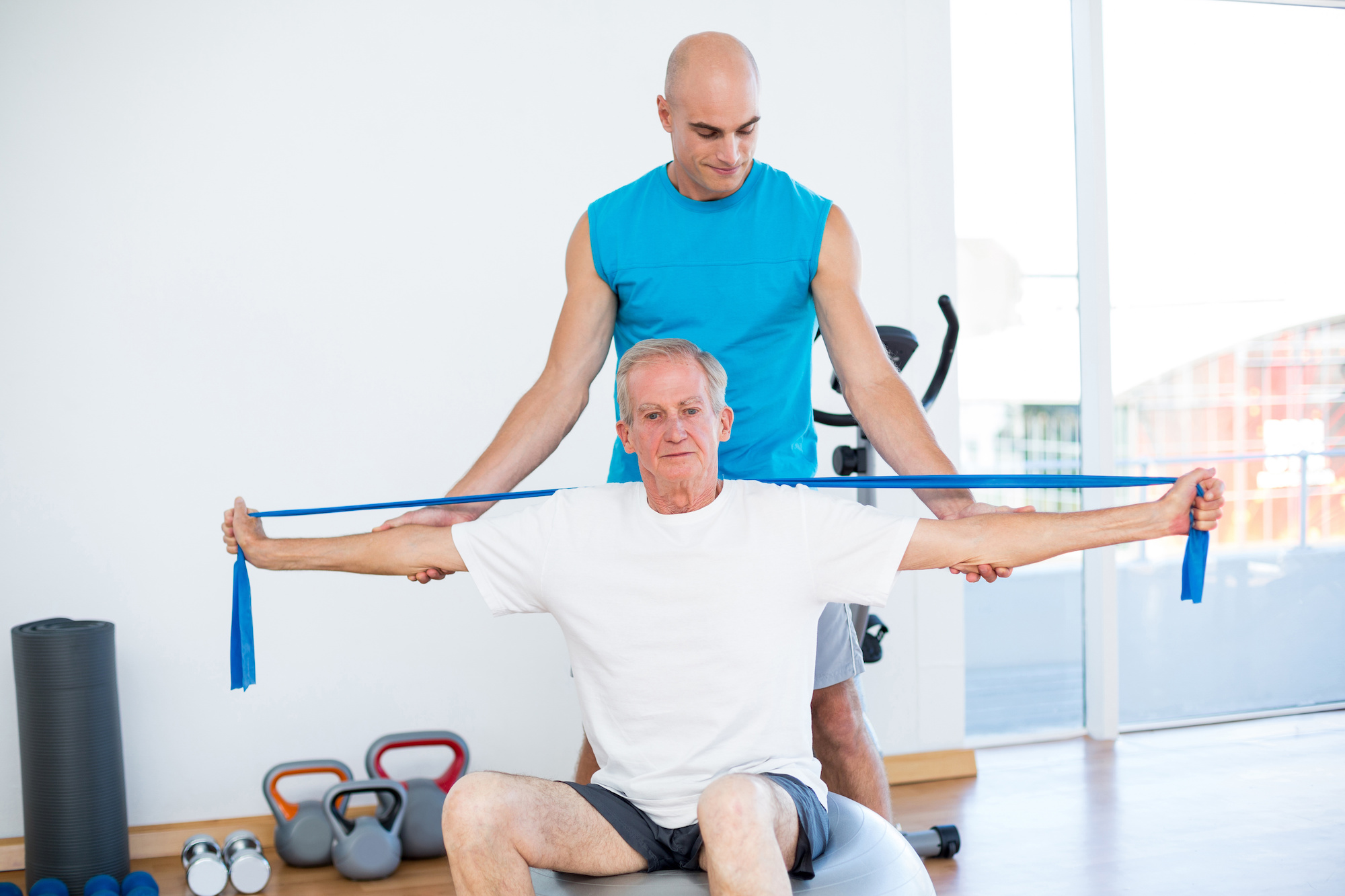If you provide therapy to senior patients, you know it can sometimes be challenging to get them to try new things. However, you also know that they often struggle with feeling stiff, sore, and unable to bend and reach like they used to. This is why mobility exercises for seniors are so important. Show your patients these six stretches that can help increase their mobility!
Why Mobility Exercises for Seniors Are So Important
Mobility exercises for seniors are important because the less they move the stiffer they become. When seniors get stiff, it causes them more pain and it can make them more likely to injure themselves. Plus, it generally makes day to day activities more difficult.
Teach Your Patients These 6 Mobility Exercises for Seniors

With that said, here are some popular mobility exercises for seniors that they can do at home in addition to the physical therapy you are teaching them.
- Neck
To stretch their neck, instruct patients to slowly bring their chin down toward their chest and hold that position. Then, turn their neck to the left side, holding it in position, and then to the right side.
- Upper arms and shoulders
To safely stretch their upper arms and shoulders, teach them the towel trick. Have them hold a towel in one hand, letting it fall down behind their head and back. They should then reach for the dangling end of the towel and gently pull down until they feel the stretching. Hold that post, then switch to stretch the other arm and shoulder the same way.
- Chest
Your patients might not even realize their chest needs stretched until after they do it for the first time. Have them extend both of their arms to the side, palms facing forward. Then, have them reach back with their hands until they feel a stretch across their chest and the font of their arms. If they have a hard time holding their arms up, suggest that they use a wall for assistance.
- Ankle
Just like chest stretching, ankle stretching may not seem necessary until you actually feel it. The great thing about ankle stretching is that your patients can do it sitting down. Have them sit in a chair and slowly move their foot up and down and then side to side, holding each position for at least 30 seconds. Then they can repeat it on the other foot.
- Hips
Hip stretching is helpful, especially for women who tend to have more tension in their hips. Instruct them to lay on their back and place one knee out to the side of their body. With their knee out, their foot should rest up against the opposite leg. Then, they can take their hand and gently push on the bent knee until they feel it stretching. Again, they can repeat this with the other side.
- Lower back
Stretching their lower back is easy too. Have them lay down with their knees bent and feet together. Their feet should be flat on the floor. Keeping their knees together, they should lower their legs to one side by twisting their torso until they feel a stretch. Have them hold it and then repeat it on the other side.
When teaching your senior patients these stretches to try at home, be sure to give them some safe stretching tips first!
Safe Stretching Tips
- Hold in your breath and slowly exhale as you stretch
- Hold each stretch for at least 30 seconds so the muscles have enough time to relax
- Try not to bounce while you stretch or jerk your muscles around
- Don’t stretch to the point of pain. The more you stretch, the more flexible you will become over time
- Always warm up before stretching with a walk or something to loosen your muscles
What additional mobility exercises for seniors do you recommend to your patients? Share with us in the comments below!
